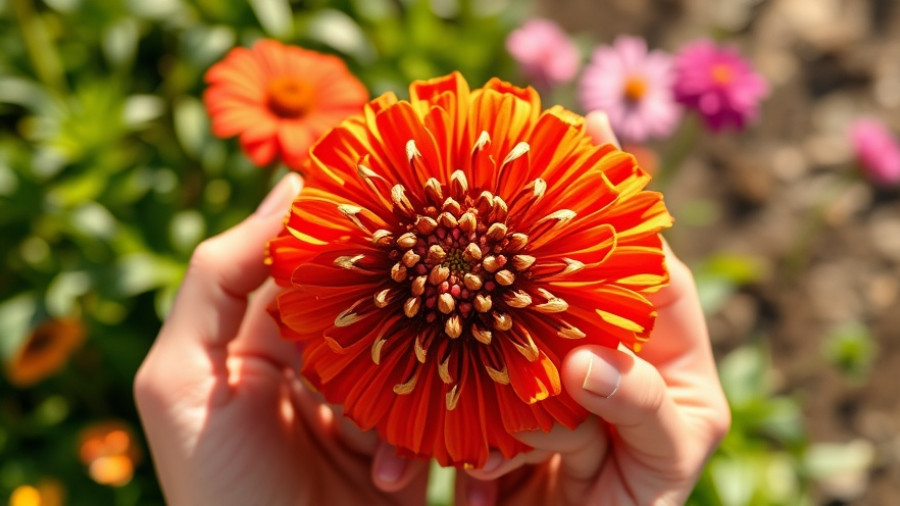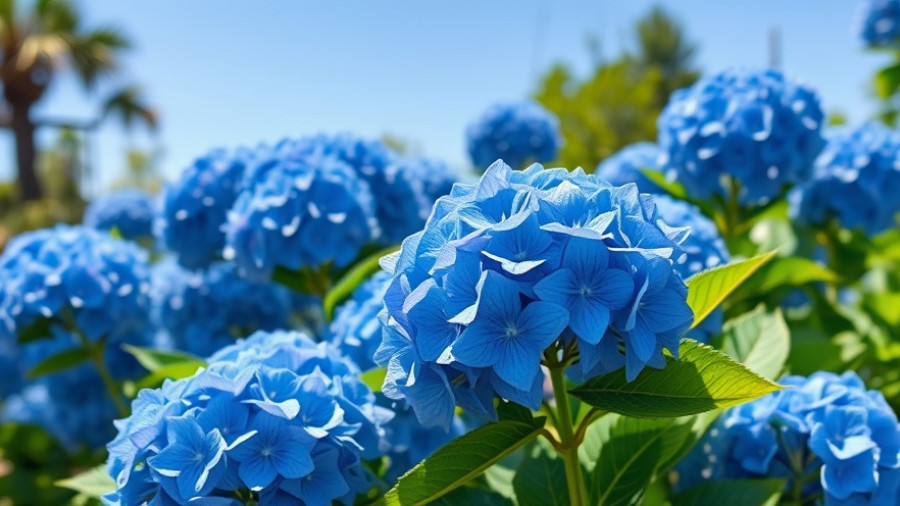
Essential Tools for Safe Fall Pruning
As the cool autumn winds start to blow and the foliage transforms into vibrant colors, it's the perfect time for gardeners to prepare their outdoor spaces for the winter months ahead. One of the critical tasks to tackle is fall pruning. While many are eager to jump in, having the right tools is essential for a safe and effective pruning experience. Below, we'll explore nine must-have tools that can make your fall pruning more manageable and enjoyable, allowing your garden to flourish come spring.
Choosing the Right Pruning Tools
Venturing into the world of gardening, especially during the fall, necessitates the use of appropriate tools to ensure that you can prune effectively while keeping safety in mind. From gloves to hand pruners, this selection of essential implements can make a world of difference.
1. Safety Gloves – Your First Line of Defense
While not traditionally deemed a 'tool,' a sturdy pair of gloves is crucial for any gardener, particularly during fall pruning. They protect your hands from cuts and scrapes while providing a solid grip on your tools. A pair of thorn-resistant gloves can also be invaluable when dealing with prickly plants like raspberries or roses.
2. Ladders – Reaching for the Skies
When pruning tall trees or shrubs, having a reliable ladder is essential. Optical choices include fiberglass, aluminum, and wood, each with its benefits. Opt for fiberglass to minimize electrical risks if working near power lines, while wood is often a sturdy and versatile alternative.
3. Hand Pruners – Precision and Comfort
A good pair of hand pruners will serve you well for years. Look for ergonomic models that feel good in your hands, reducing strain over long gardening sessions. Bypass pruners are particularly effective for clean cuts on live plants. Models from brands like Felco are known for their durability and ease of maintenance.
4. Loppers – For Those Thicker Branches
When your garden requires a little extra muscle, loppers can extend your reach and cutting power to branches up to two inches thick. Their long handles allow for greater leverage, making it easier to trim branches that are just out of reach.
5. Pruning Saws – A Cut Above
For branches that are too stout for hand pruners and loppers, a pruning saw is indispensable. Designed specifically for clean cuts without causing damage to the tree, these saws are equipped with specially angled teeth that will grip the branch securely.
6. Electric Leaf Shredders – Efficient Cleanup
We hear many complaints about fall cleanup being arduous and time-consuming. Enter the electric leaf shredder—this tool transforms heaps of leaves into manageable piles, making it instantly useful for mulching. Plus, shredded leaves are a fantastic addition to compost and garden beds.
7. Electric Chippers – For Heavy-Duty Tasks
When your pruning job includes branches too large for traditional tools, an electric chipper will facilitate the breakdown of larger debris into usable mulch. They are quieter and more eco-friendly than gas-powered alternatives, making them an ideal choice for conscientious gardeners.
8. Hori Hori Knife – The Versatile Hand Tool
The Hori Hori knife is not just a unique cutting tool; it’s a gardener’s best friend. This multipurpose knife excels at cutting, digging, and prying, making it perfect for tasks ranging from planting to cutting back perennials.
9. Pocket Snips – Compact and Convenient
Don’t underestimate the value of pocket snips. These handy tools are perfect for light pruning tasks like deadheading and harvesting. Their compact size makes them easy to carry while working in the garden, ensuring you can address small needs quickly without powering up larger tools.
Preparing for a Productive Season Ahead
With the right tools in your gardening arsenal, you’re well-prepared to tackle fall pruning with confidence. Selecting quality equipment, such as ergonomic pruners or electric tools, ensures that you can work comfortably and safely. Fall is the time to prepare your garden for dormancy, and effective pruning is key to reaping visual rewards in the upcoming seasons.
Now that you know about essential tools to use, why not consider giving your outdoor area a little more than just pruning? Delve into exciting outdoor kitchen designs or explore low-maintenance landscaping ideas to create an inviting space for family and friends this fall. Let's get gardening!
 Add Row
Add Row  Add
Add 




Write A Comment